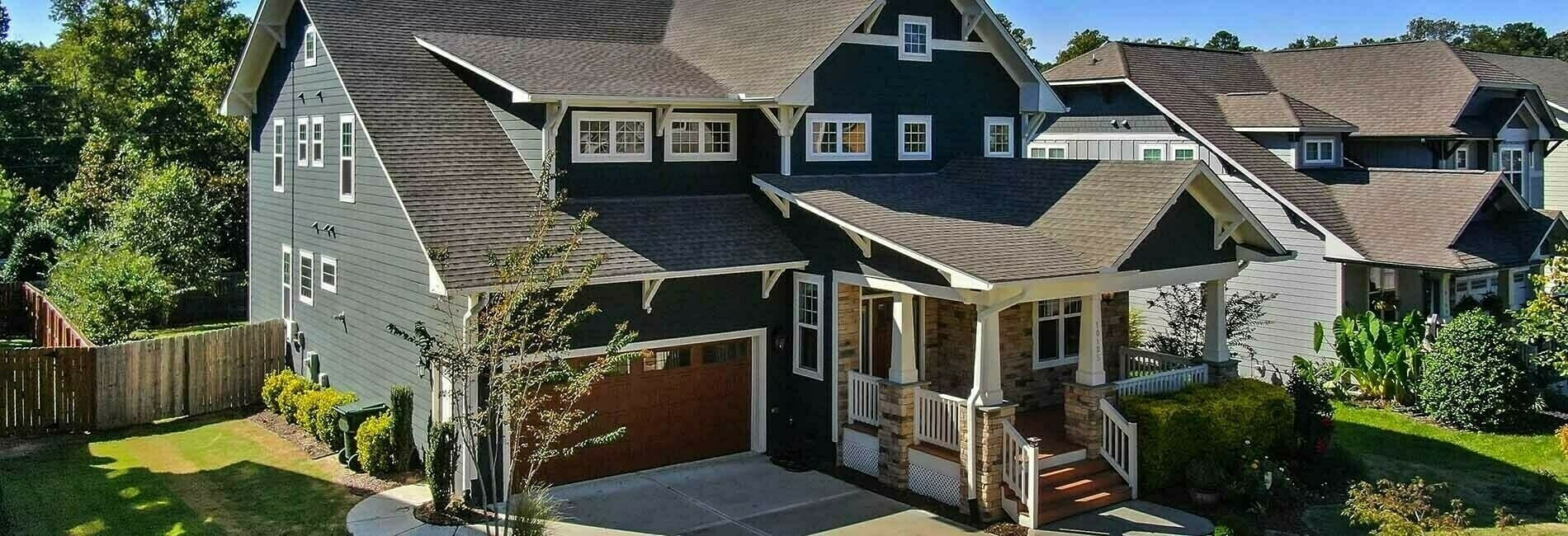
Reassessing a Residential Neighborhood
Real Estate Assessor's Office
Virginia Relay TTY

Real Estate Assessor's Office
Virginia Relay TTY
The Assessor's appraisal staff annually reassesses each neighborhood in the City using a mass appraisal process.
This process values a group of homes in a defined area (neighborhood) by analyzing the property sales within that area and applying those values to homes similar to the ones that are sold. The premise is that if a property is sold for a certain amount of money after being exposed to the market for a reasonable time, with no unusual pressure to act placed on the seller or buyer, a comparable property will bring a similar sum if put up for sale.
To begin a reassessment of a residential neighborhood, the appraiser first requests a computerized listing of all recent property ownership transfers from that neighborhood. The appraiser then eliminates transfers that are not arms-length (bona fide) sales. These would include family transactions, foreclosures, and distress sales.
Sometimes the appraiser will need to extensively research a property transaction before determining if it is reliable information. Field visits to the sold properties are conducted to determine the condition of the structure(s) and site and to talk with the new owner, if possible. This also gives the appraiser a feel for the overall condition and desirability of the neighborhood.
Once the appraiser is confident that the sales analyzed present an accurate picture of the market values in the neighborhood, rates will be extracted to apply to the living area (climate-controlled area) of the various models or size ranges of homes comparable to the sales. To do this, the appraiser values the amenities of the sold properties, such as porches, garages, swimming pools, etc., and the building sites, and subtracts the total value of those items from the sales price of the homes.
What remains are indicated rates of the living area of those homes. Application of these rates provides the living area rates for the remainder of the properties that did not sell. Adding the established value of the amenities and valuing the sites result in assessments of all the homes in the neighborhood. This process is continued throughout the year until all the residential properties in the city have been assessed.